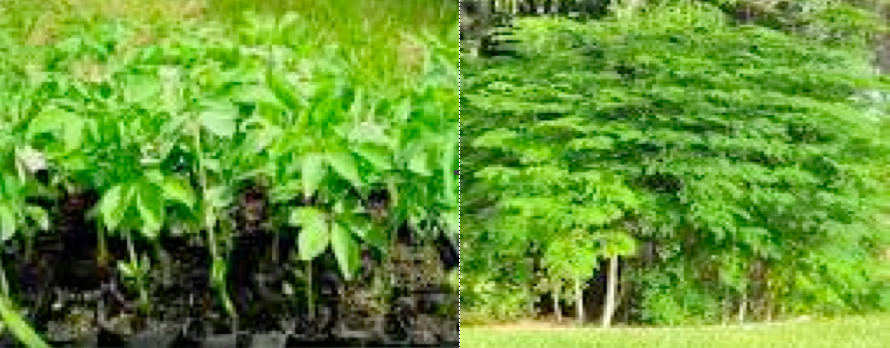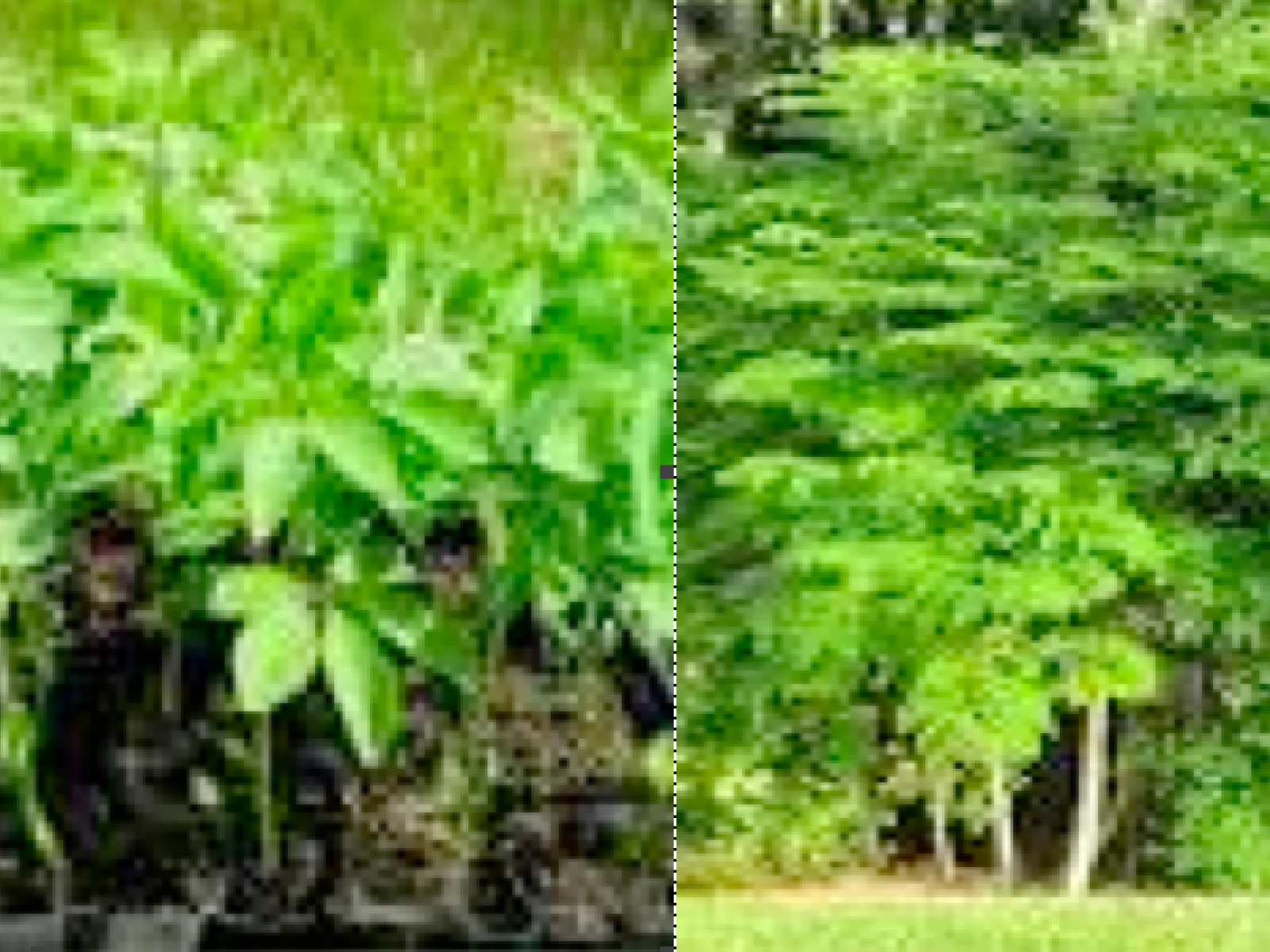An Overview Of Our Solution
- Population Impacted:
- Continent: Africa
Organization type
Population impacted
Size of agricultural area
Production quantity
People employed
Describe your solution
Describe your implementation
External connections
What is the environmental or ecological challenge you are targeting with your solution?
Describe the context in which you are operating
Moringa the “Miracle” tree is the well –known source of vitamins, animal feeds, medicines, nutritions and of great importance in ecological protection. A study conducted by Aberra et al. (2009) indicated that the leaves of M. stenopetala are rich in crude protein (28.2%) and contain reasonable amounts of essential amino acids
Even though the tree is economically and ecologically important and available in sidama zone espacially in Boricha, H/zuria, W/ genet, Dale, and Tula woreds, there is a limited knowledge in the production, quality seed, utilization and management. To minimize this knowledge gab, both practical and theoretical aspects of capacity building training will be organized on nursery establishment, compost preparation, product harvesting and processing, nutritional value, economic, ecological and health importance of M. Stenopetala.
How did you impact natural resource use and greenhouse gas emissions?
Language(s)
Social/Community
Water
Food Security/Nutrition
Economic/Sustainable Development
Climate
Sustainability
¬ Once the farmers/community/ understand the economic, ecological and health benefit of moringa, and connected with market, the project will sustain itself by market based revenue and governmental subsides.
Return on investment
Entrant Banner Image

